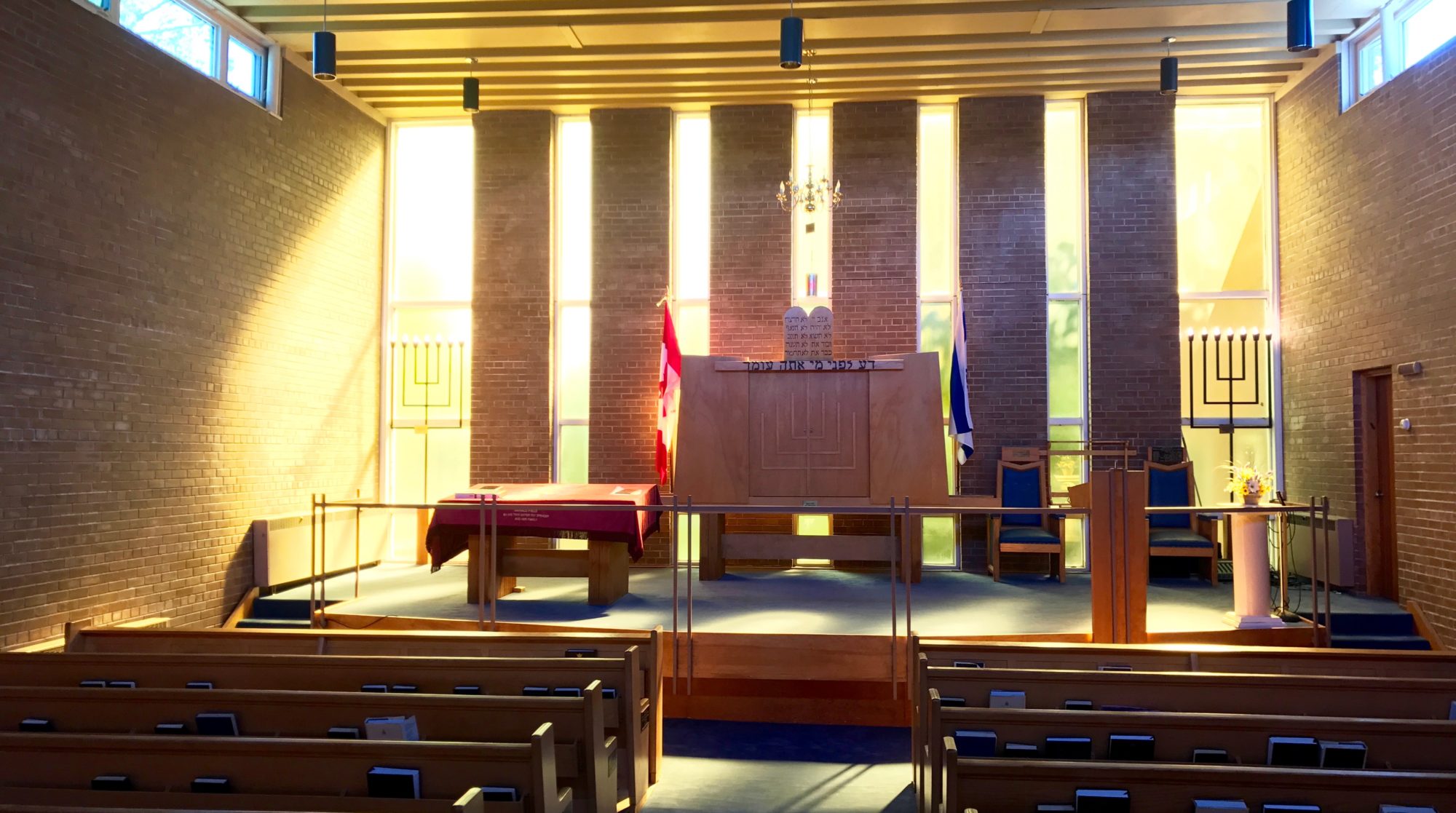Meditation – Fasting as substitute for The Avodah service
by Jacques Abourbih
A recitation of the sacrificial service of the Temple in Jerusalem traditionally features prominently in both the liturgy and the religious thought of the holiday. The Avodah service in the musaf prayer recounts the sacrificial ceremonies in detail.
The description is rooted in the Babylonian Talmud. It tells how to attain atonement following the destruction of the Temple. According to Talmud tractate Yoma, in the absence of a Temple, Jews are obligated to study the High Priest’s ritual on Yom Kippur, and this study helps achieve atonement since the ritual can no longer be performed. Studying the Temple ritual on Yom Kippur represents a positive rabbinically ordained obligation that Jews seeking atonement are required to fulfill.
In his youth Rav Sheishet was among the pupils of Rav Huna, the Rav of the academy of Sura around the year 250 CE. In what is today’s Iraq the Babylonian Talmud, developed in cities such as Nehardea, Sura, Pumbedita, Mata Mechasyah, and Machoza, major centers of Jewish life.
Rav Sheishet was blind but his memory was incredible. It is daid that he knew the whole Mishna of the Tannaim by heart including the Baraitot and the Tosafot. Many scholars say of him that he was a man of iron.
Anti-Semitism began to take hold in Mesopotamia with the Arab immigration form the Arabian Peninsula. The Arab ruler of Palmyra in Syria, known as Papa ben Netzer in the Talmud, destroyed the area in 261, and the Jews suffered. Among those who fled Nehardea was Rav Sheishet.
The Talmud contains several references to Rav Sheishet’s rulings. It is evident from these rulings That Rav Sheishet did not care for logic-chopping in deriving new laws by hair-splitting details. He once replied about a ruling that appeared to him to be rather contrived: “I see you are one of those from Pumbedita who can drive an elephant through the eye of a needle.” (TB Bava Metzia 35 b)
What endears Rav Sheishet to me is his simple prayer that he inserted in his prayers when he was fasting. This prayer is particularly relevant in the context of the Yom Kippur and the Avodah service in the Musaf. I reproduce it here as it appears in the Talmud. (Berachot 17 a) I hope you find meaning in it as I have.
Master of the worlds:
We have learned that long ago,
In the days when the Temple still stood,
When people offered sacrifices as their atonement,
They offered only the fat and the blood.
That was sufficient to atone for them.
And now, when the Temple no longer stands, I am fasting,
And, as a result, parts of me will be diminished.
YeJhi ratzon, May it be Your will:
To regard those parts of me that are diminished
As if I had offered them up before You upon an altar,
And may You show me favor.
(Adapted from Babylonian Talmud: Berachot 17a)
